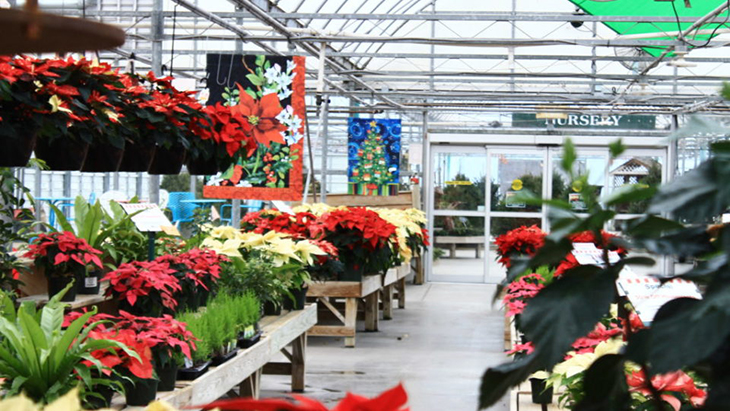
When it comes to caring for plants, gardeners and plant enthusiasts have thought of so many ways to boost growth and year. Serious planters have even invested greenhouses so that they can create the perfect environment for their passion.
While greenhouses do make great homes for plants, there may be an even better way to enhance and encourage growth. The term redhouses may have never been used in the past, but this new trend has been catching up that this may become a new term commonly used by all.
For many years now, humans have turned to building greenhouses to assist in the growth of their plants, especially when these are planted away from tolerable conditions. Now, this may have helped them, but there may be a much better option – they built redhouses, which sounds the way it exactly is.
It’s all about the light that transmits the best energy. The red spectrum is able to stimulate their leaves to produce more chlorophyll. As unbelievable as this may sound, they found that it actually works. An Australian ag-startup is wielding their knowledge of basic science to create thick red films that have been designed to cover existing greenhouses. This is done to boost plant production more than what either the sun or greenhouses are able to.
A company called Luminescent-Light Emitting Agriculture Films, or “LLEAF,” was founded by experts and scientists. They partnered with Universities of New South Wales and Western Sydney in order to execute their plans and put their hypothesis into action.
They’ve produce several different films that may help increase crop yields and they tested all of these, with each one tailored to a cater to a specific plant.
“Our luminescent light-emitting agricultural film, LLEAF, is designed to ‘supercharge’ natural sunlight by shifting the natural light into a light spectrum that is more beneficial for plant growth,” company co-founder Dr. Alex Soeriyadi tells Future Food Systems. “Our trials indicate potential to increase yield, improve plant cycle and harvest control.”
LLEAF 620 is a low-red spectrum color to enhance and encourage photosynthesis and increase production in most plants. As for the aquatic plants, LLEAF 590 is the best option that they discovered for applications where light penetration through water for increased growth rate is a need.
They found that the far-red spectrum light is more optimal for fruiting trees and flowers, for which LLEAF sells two different films: one can be used for production and another used for growth. These films climb to the 700 nanometer range of the light spectrum.
The films that have been produced have been made from special dyes that absorb and diffuse photons from the green spectrum of light. The light will emit it again as red light to promote the plant’s photosynthesis processes.
They found that these films actually reduce the amount of light that the plants can’t use. More importantly, light’s diffusion happens more evenly in this case and it also somehow helps reduce the shadows.
The best part about these plastics is that they can easily be retrofitted to any existing greenhouse structure. They are also durable and can withstand the different conditions required. It must be noted that the dyes used are 100 percent biodegradable and carbon-based and they make use of zero metals in the production. The plastic sheeting made is also 100 percent recyclable.
What are your thoughts? Please comment below and share this news!
True Activist / Report a typo


